-
Welcome to the world of binoculars!

What kind of vision does binoculars give you?
Binoculars do not simply give you a magnified view of objects – they also deliver a brighter and more detailed image. The large objective lenses collect more light than the naked eye, letting you see a larger collection of stars and nebulae in the night sky, and finer details in wild birds and flowers.
Another great visual attribute of binoculars is the stereoscopic field of view. By using both eyes, you can watch objects while maintaining the sense of depth. As a result, you can enjoy viewing a distant subject such as an actor on stage as if they were close by, with a realistic three-dimensional feel.Column
Three basic numbers to help you know binoculars better
Binoculars have a series of numbers, such as ‘6.5 × 21 7.5°’on their body. These important numbers let you know the basic performance of the binoculars. The first tells you the magnification factor, which indicates how many times larger binoculars can enlarge the image of an object. The next shows the size of the objective lenses in millimeters, which informs you of their ability to collect light. The last is the angle of the viewing field (called real field of view) that you can see through binoculars. Understanding these numbers will greatly help you in selecting your binoculars.
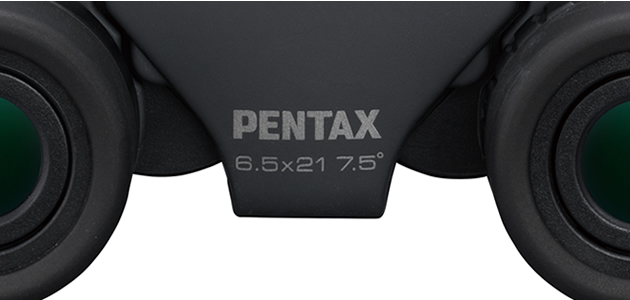
-
Magnification power and image size

What is the best magnification for me?
Binoculars with a higher magnification provide a larger view of objects, as well as greater resolving power. The magnification is defined by the ratio of magnified view of an object compared to its apparent size to the naked eye.
Imagine viewing a concert with 8x binoculars. If the stage were 80 meters away, the experience would be equivalent to watching the musicians from 10 m thanks to the magnification rate of the viewing image. A higher 10x power magnification would cut this imaginary distance down to 8m, delivering a larger image, although the shaking effect would begin to have a larger impact too. Try out a few pairs of binoculars with varying magnification powers to see the difference for yourself.Column
Macro Observation feature lets you discover fine details close up
Binoculars can also be used for watching near objects. Many binoculars have a minimum focusing distance of 2 to 3 meters allowing observation of relatively close objects, but the PENTAX Papilio II binoculars allow macro-like observation up to an unparalleled 50 cm. Using this feature will reveal to you the finest details of things like tiny insects or art objects.
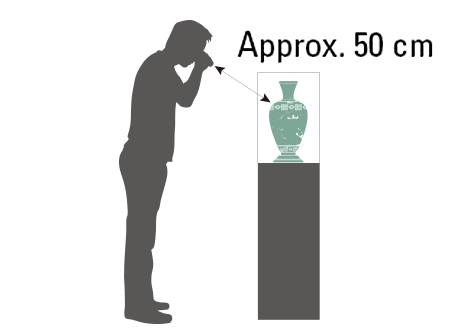
-
The objective lens diameter and brightness

What’s good about bright binoculars?
The objective lenses are like the ‘eyes’ of binoculars, and the larger they are in diameter, the more light they can collect. Consequently, binoculars gain in brightness, as well as achieving higher resolving power.
To check your binoculars’ brightness, look at the eyepiece lenses from about 30 cm away. You will see circles of bright light at the center: These are known as ‘the exit pupils’ and their diameter lets you know the binoculars’ fundamental brightness.
A bright exit pupil in a perfectly round shape is also an indication of good performance in a pair of binoculars.
For starwatching, or observations in low-lit conditions such as at dusk or dawn, select a pair of binoculars with large, bright exit pupils.Column
Fully Multi-coated Optics for enhanced light transmission
Light entering the binoculars diminishes each time it passes a lens or prism surface. To prevent such light loss across multiple wavelengths, many binoculars have multilayer coating applied. PENTAX binoculars feature fully-multi coated optics, which means that multilayer coating is applied to every light-incident surface, maximizing light transmission for a bright field of view. Compare our binoculars to those with a comparable objective lens diameter and magnification, and see the difference for yourself.
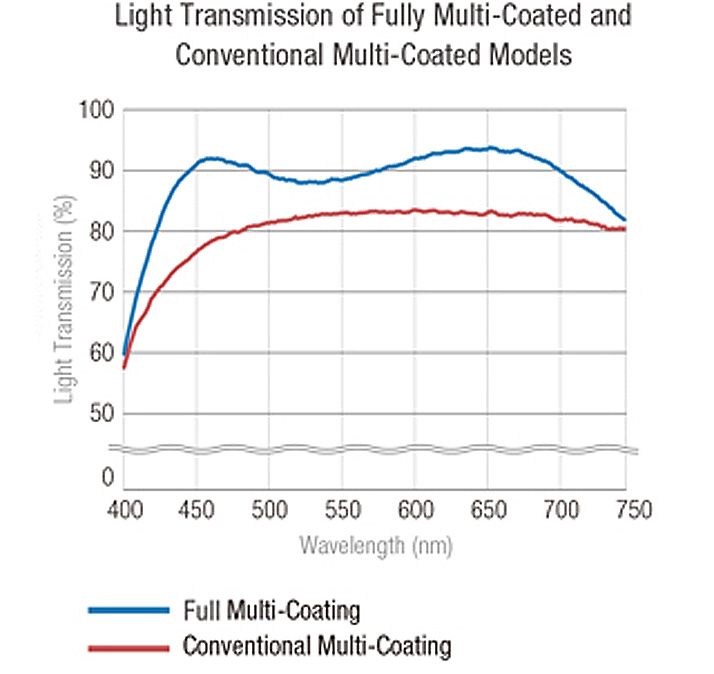
-
The real field of view and viewing comfort

What is a good field of view?
The angular field of view (or ‘real field of view’) of binoculars greatly influences your viewing comfort. For spotting rapidly moving birds in the field, or watching sports action, a wide field of view is an advantage because you can keep tracking the subject without moving your eyes away.
Because of the visual information they deliver, binoculars with a wide viewing angle provide a more dynamic view, while a narrower viewing field allows for more concentration in careful observation. Either way, make sure to select binoculars whose total viewing area is clear right the way to the periphery, as a lack of sharpness at the edges of the field can become tiring to your eyes.Column
Long Eye Relief
Another element that can affect your viewing comfort is the ‘eye relief,’ or the distance from your eye to the outer lens of the eyepiece. Binoculars with a long eye relief distance of over 15 mm provide better comfort for eyeglass wearers, even during long periods of observation, as they allow the user to view the entire field without removing their glasses.
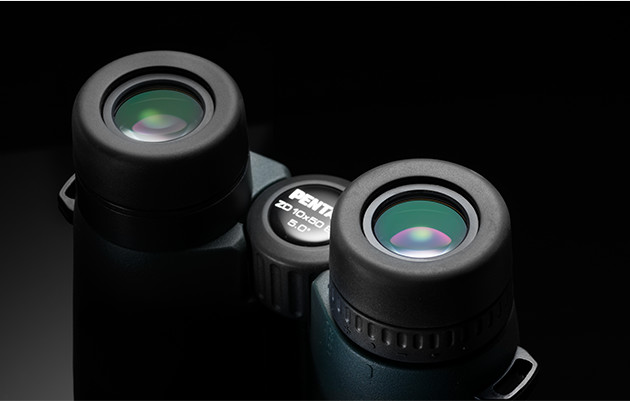
-
Porro and Roof prism models

Two different types of binocular construction
The three-dimensional feel in binocular vision (technically called the ‘plasticity’) increases as the magnification grows higher, and the distance between the objective lenses becomes larger than that between the eyepiece lenses.
Binoculars fall into two categories depending on the design of the light-reflecting prisms inside: Porro prism and Roof-prism. The traditional Porro prism binoculars have a design advantage to deliver a good optical performance. The shape also allows for a greater distance between the objective lenses, enabling you to easily enjoy the three-dimensional vision that binoculars specialize in.
Roof-prism binoculars feature objective and eyepiece lenses aligned along a straight light axis. This requires greater build precision, which is often reflected in price, but the design allows for greater compactness.
Any binoculars with objective lenses larger than 60 mm will be of the Porro type because the interpupillary distance cannot exceed that of actual human eyes.
Conversely, some Porro type binoculars achieve compact form factor by aligning the objective lenses closer than the interpupillary distance.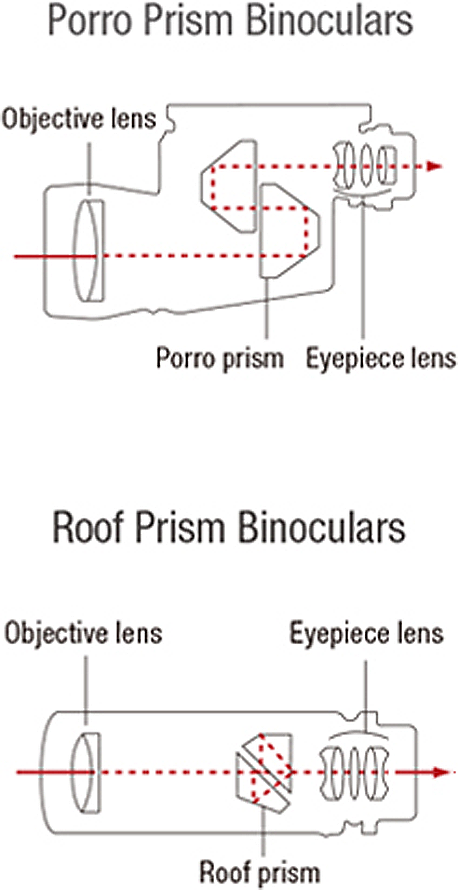
Column
Don’t overlook ease of use
With binoculars, you will sometimes find yourself engaged in observation for extended periods of time or carrying them over a long distance. As a result, ease of use and operational feel are important factors when selecting binoculars. A rubber-coated body is easy to hold as well as providing good shock-resistance.
You should also not forget about the changing conditions you might experience during outdoor use. Waterproof protection will give you resistance against sudden drizzle or rain while bird watching. A nitrogen-purged body prevents fogging of lenses inside in case of the rapid drops in temperature that can occur when starwatching.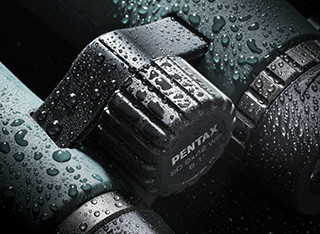
The six PENTAX binocular series
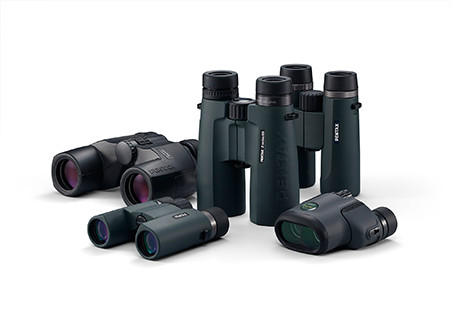
Every pair of PENTAX binoculars in all six series features multi-coated optics for a bright field of view. Many models feature a long eye relief that lets you view the entire field without removing your glasses.
-
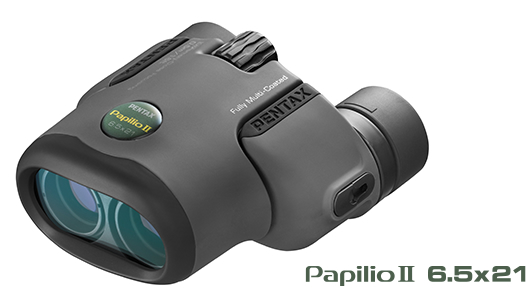

This compact, high-performance series assures a clear view of the subject, not only from a distance, but also at very close range, thanks to a minimum focusing distance of approximately 50 centimeters. This allows you to observe subjects such as art exhibits in detail.
-
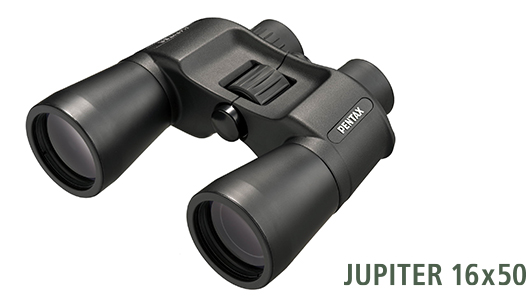

This Porro-prism series features large objective lenses to assure a bright, clear field of view, allowing even beginners to easily enjoy bird-watching and astronomical observations.
-
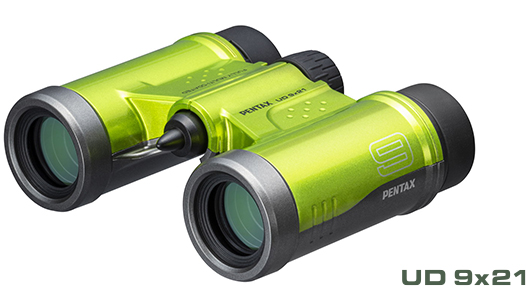

This compact, lightweight series can be easily carried anywhere and used for a wide range of applications, from outdoor nature observation to indoor scenes such as concerts, theatrical performances and sports events.
-
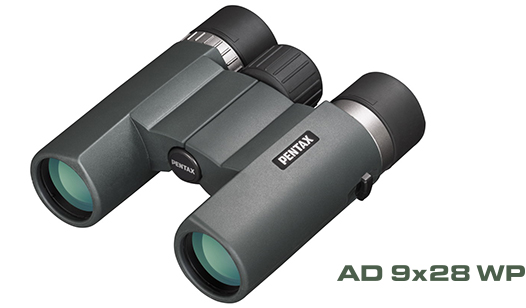

For outdoor live events, travel, or even mountaineering, exceptional portability is balanced superbly with top-grade performance. The A series packs cutting-edge coating technologies into a compact and rigid body for superb viewing experience.
-
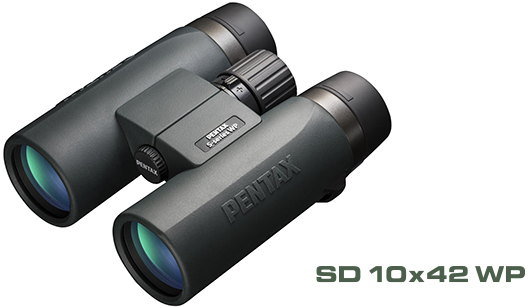

The best choice for astronomy or bird watching. High-quality, large objective lenses over 40mm provide a bright and clear field of view, even in difficult or low-light conditions.
-
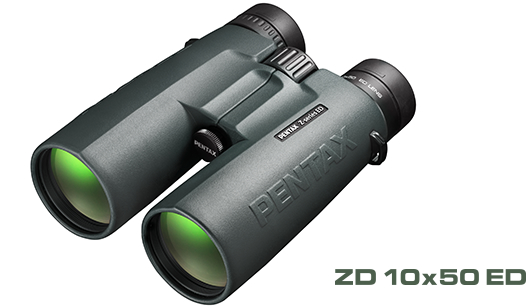

This flagship series offers the ultimate in optics, achieving state-of-the-art performance that will satisfy even the most demanding users, whatever the situation.
Bird Watching
Star Watching
Outdoor
Theater
Sports
Travel
Museum
Bird Watching
Theater
Star Watching
Sports
Outdoor
Travel
Museum









